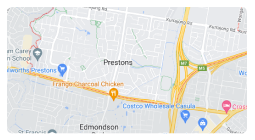It’s easy to forget about water damage until it does a lot of damage to your house. Because of how often it rains and how humid it is here in Brisbane, it’s important to be careful. If you catch water damage early, you can keep your house safe and comfortable without having to pay a lot for repairs. We will talk about how to find and fix water damage before it gets worse.
How to Spot Water Damage:
What to Look for Stains and Discoloration: Changes in the colour of the walls or ceilings are one of the first signs of water damage. There may be a water leak behind the surface if there are brown or yellow marks. Be very careful in these places, especially after it rains a lot.
Paint That Peels or Bubbles: If you see paint starting to bubble or peel, it could mean that water is getting into the walls. This happens a lot in bathrooms and kitchens, where people use water a lot.
Bad smells of dampness or must: A musty or damp smell that won’t go away is a clear sign of water damage. Mould, which grows best in damp places, is generally to blame for this smell. If you smell this smell, you should look into it more to find where it comes from.
Floors that are warped or buckled: Wooden floors can warp or break if they get wet. It’s time to look for water problems if your floors feel uneven or if you see new gaps between the boards.
Mould Growth: Mould is a sure sign that there was water damage. It usually shows up in damp, dark places like basements, under sinks, or behind appliances. Mould can be bad for your health, so it’s important to get rid of it right away.
How to Fix Water Damage: What to Do
Find the Source: Finding the cause of the water damage is the first thing that needs to be done to fix it. There could be a leaky roof, a pipe that has burst, or bad water around your house. Fixing the cause is important to stop the damage from getting worse.
Clean and dry the area: As soon as you’ve found the source and stopped it, dry the area completely. To move the air around, use fans, dehumidifiers, and open windows. In the worst cases, you might need expert drying gear.
Take away damaged items: Take away any things that have been badly damaged by water. This includes things like flooring, drywall, insulation, and rugs. These things can grow bacteria, so they need to be thrown away to keep the area healthy.
Clean and germ-kill: Once the broken things are gone, clean and sanitise the area to get rid of any mould or germs. Clean with a solution of water and soap, and then use a disinfectant to get rid of any spores that are still there.
Fix and Bring Back: Damage can be fixed once the area is clean and dry. As needed, replace the drywall, paint the walls, and put down new floors. Make sure that any fixes are done right to keep water damage from happening again.
Stopping More Water Damage
Performing regular checks: Check your home often so you can find problems before they get too bad. At least once a year, check your base, roof, and plumbing. Check for damage that could cause leaks.
Drainage that works: Make sure your home has the right drainage systems in place. Water should not get near the base of your house because of your gutters and downspouts. If your home often floods, you might want to add a sump pump.
Keep up with seals and caulking: Keep the locks around doors, windows, bathrooms, and kitchens in good shape. With the right sealing, water won’t be able to get into walls and damage them.
Check the humidity levels: Keep an eye on how wet it is in your home, especially in damp places like bathrooms and basements. Dehumidifiers can help you keep the humidity level at a healthy level and stop mould from growing.











